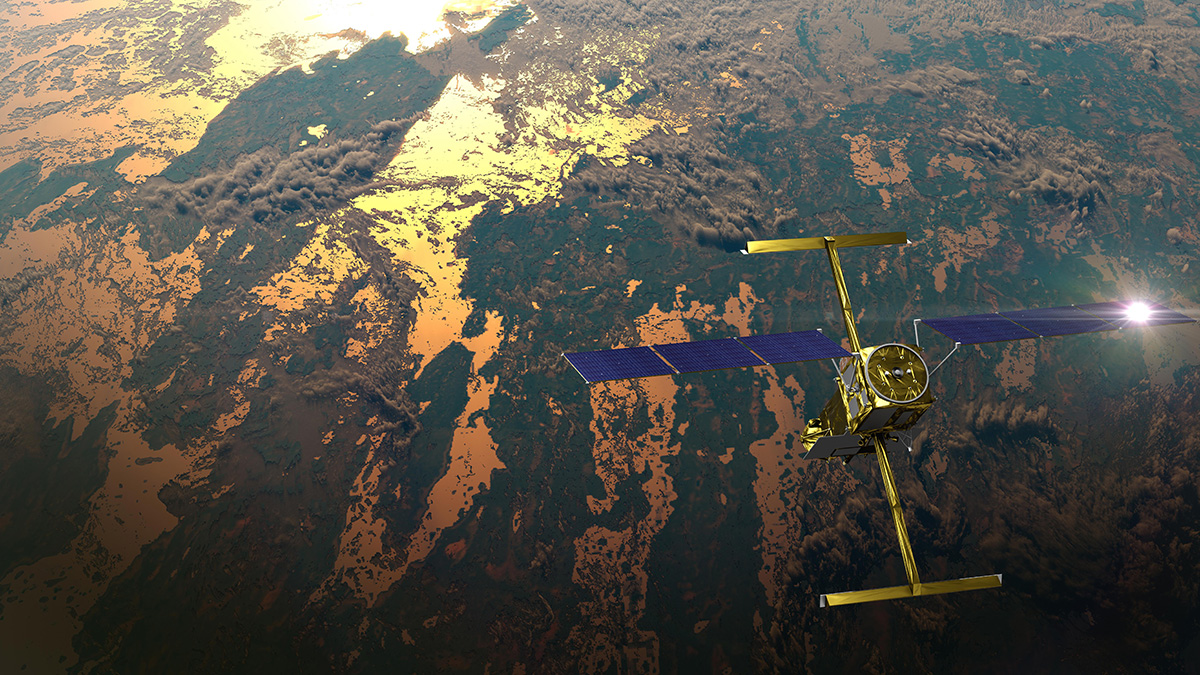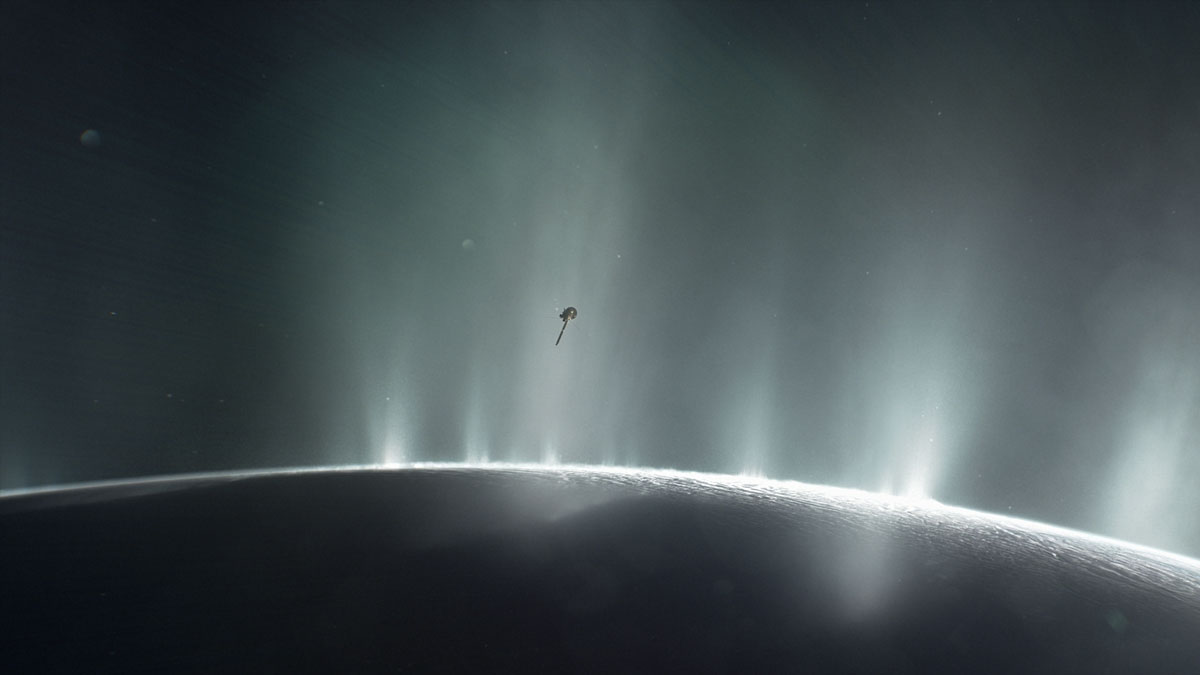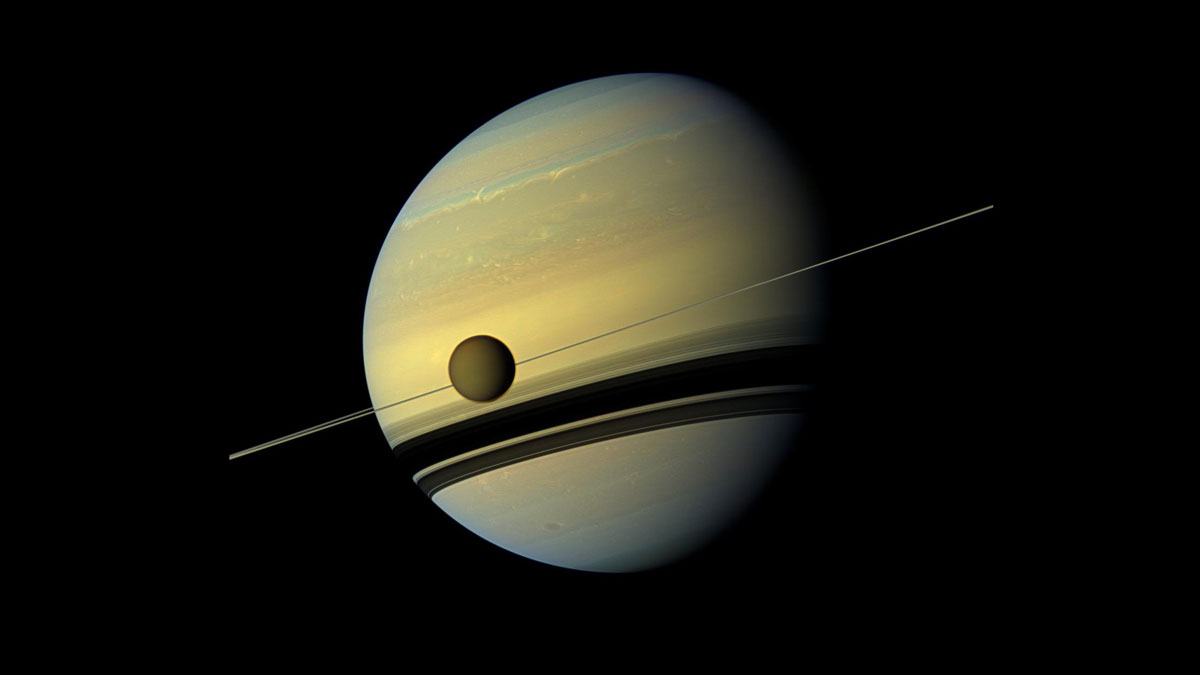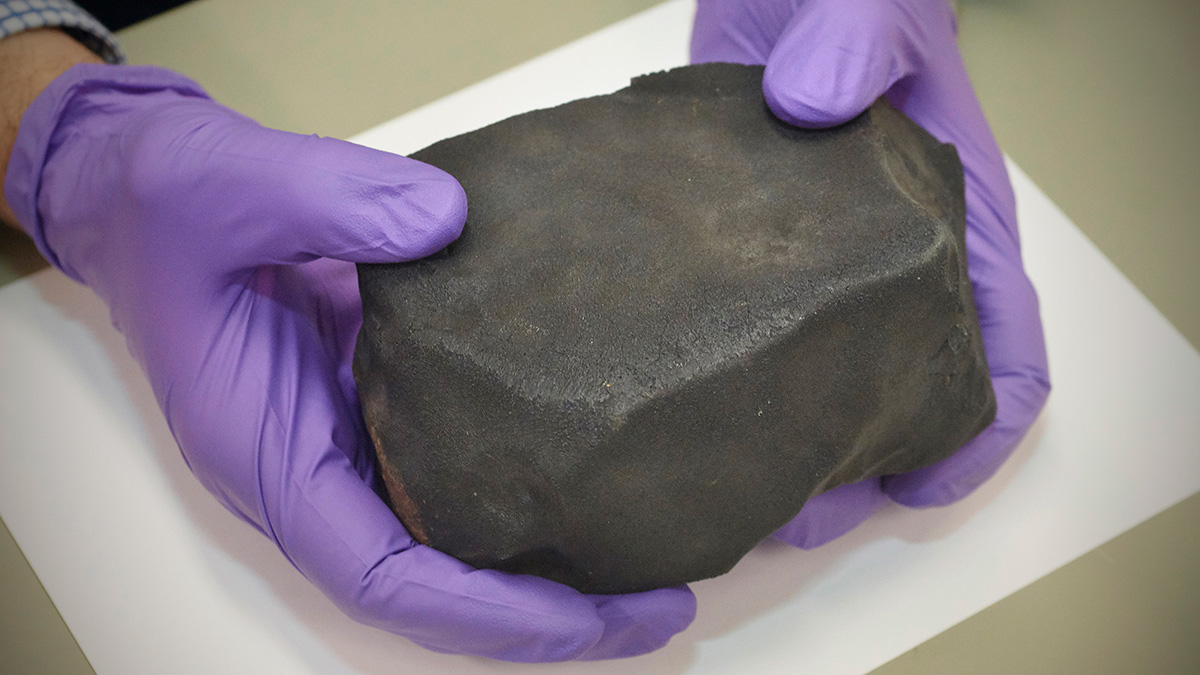A new study shows that losses are global in both arid and humid regions and could have significant impacts on a quarter of Earth’s population.
Damond Benningfield
Damond Benningfield is a freelance science writer and audio producer in Austin, Texas. Among other projects, he writes and produces StarDate, a daily radio program about astronomy and space exploration, and Science and the Sea, a weekly program about marine science. He has been involved with several other short-format radio programs. Benningfield, a native of Austin, also serves as executive editor of StarDate magazine. He has contributed to almost 50 magazines, newspapers, and websites, including Air & Space/Smithsonian, Smithsonian, and Astronomy. He has a bachelor of journalism degree from The University of Texas at Austin.
Redefining “Glacial Pace”
As Earth’s climate warms, glaciers and ice sheets are retreating, cracking, and adding to sea level rise at record speeds.
Tides Ripple Across Earth’s Plasma “Donut”
Interactions between lunar gravity and the terrestrial magnetic field may cause a 90° offset from the Moon’s position in its orbit.
“Revolutionary” Instrument to Watch North American Skies
TEMPO, scheduled for launch this April, will monitor ozone and other pollutants during hourly daytime scans, providing data for better air quality forecasts and atmospheric models.
“Hot Jupiter” Is in a Possible Death Spiral
Kepler’s first exoplanet is migrating toward its star, an evolved subgiant that is much bigger than first thought.
Marine Science Goes to Space
Space and ocean scientists take a splash course in multidisciplinary science to chart our solar system’s ocean worlds.
Long-Gone Moon Could Explain Birth of Saturn’s Rings
Named Chrysalis, the moon could have disintegrated during a close encounter with the gas giant roughly 100 million years ago.
Tiny “Pancakes” Suggest Some Asteroids May Stay Active
Analysis of a meteorite that fell in Costa Rica shows that its parent body may resemble the asteroid Bennu.
Supervolcanoes Linger a While, Then Rush to Erupt
Geologists examined crystals in rock from four massive eruptions in the Chilean Andes.
Shake, Rattle, and Probe
Helioseismology allows scientists to study the interior of the Sun, solve some basic physics mysteries, and forecast space weather.










